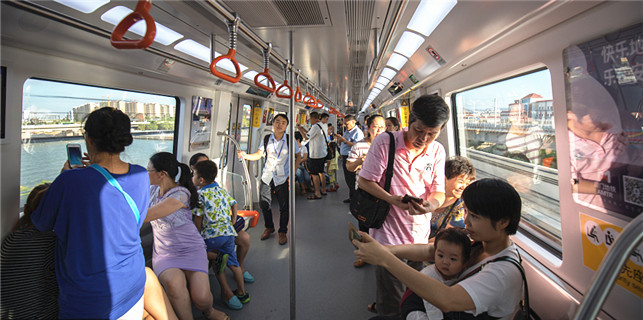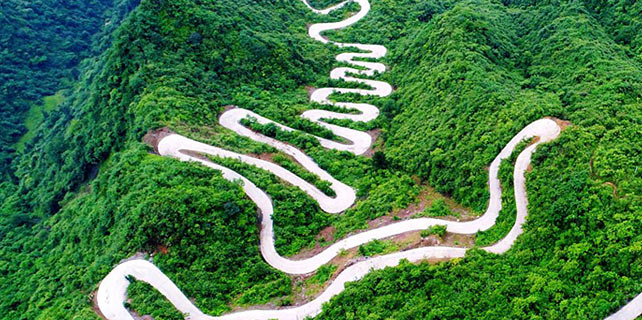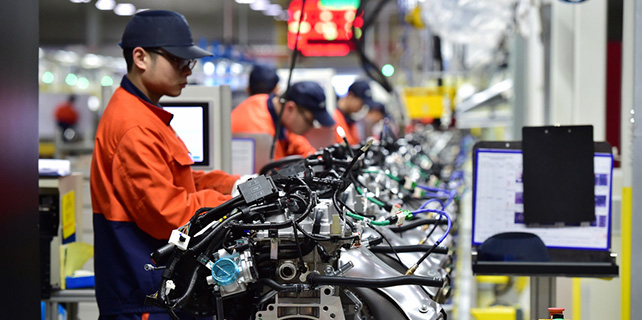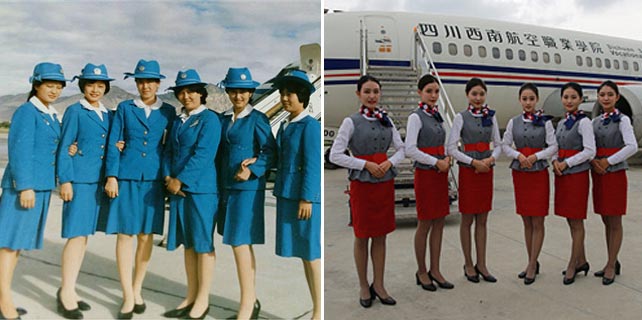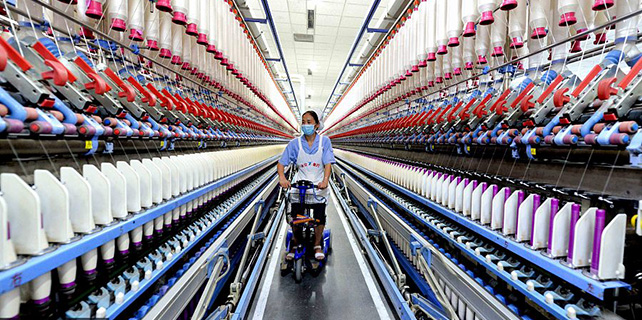US Asian art museum to reopen with fanfare
 |
|
Statues of Buddhist arhats dating from China's Ming Dynasty (1368-1644) are seen at the Freer Gallery of Art in Washington D.C., the United States, on Oct 11, 2017. Freer Gallery of Art, together with its adjacent sister museum, the Arthur M. Sackler Gallery, both part of the Smithsonian national museums and host to some best Asian art collections in the world, will launch a week-long reopening celebration from Saturday night. The galleries are revitalized after a nearly two-year renovation. [Photo/Xinhua] |
Galleries revitalized, exhibitions reimagined, infrastructure upgraded, Asia now meets America again with fanfare in the first Asian art museum in Washington D.C. following a nearly two-year renovation.
Freer Gallery of Art, together with its adjacent sister museum, the Arthur M. Sackler Gallery, both part of the Smithsonian national museums and host to some best Asian art collections in the world, will launch a week-long reopening celebration from Saturday night.
"I am excited to finally open the doors to the public and reintroduce our visitors to the museum," Julian Raby, Director of Freer and Sackler Galleries, said on Wednesday.
"What began as a prosaic need to update mechanical systems in the Freer allowed us to reinstate this building to Freer's pristine vision," he said in a press preview.
"The Sackler is as playful, as theatrical, as the Freer is calm and contemplative. One provides a moment of hush, the other a rush," he noted, adding the renovated galleries "will encourage you to indulge in 'slow looking', to lose yourself in a reverie...to feel yourself refreshed like the doe at the fountain."
In his reopening speech, Ruby, who will retire next year after 15 years at Smithsonian, also highlighted the museums' efforts to promote a shared sense of beauty across different peoples and build up connections between Asia, America and the world.
Among the packed reopening programs are a grand outdoor weekend IlluminAsia festival of food, music and performance, a presentation of an animated artwork called "A Perfect Harmony" which will transform the Freer's facade into a vast canvas, as well as several long-anticipated art showcases with themes spanning from cats in ancient Egypt to bells in ancient China.
One of the major exhibitions, titled "Encountering the Buddha: Art and Practice across Asia," will take visitors to linger at a Sri Lankan stupa, travel with an eight-century Korean monk, and discover remarkable Buddhist artworks from China, Afghanistan, Pakistan, Cambodia, Thailand, Indonesia and Japan.
"Here we can stand in awe at the varied imagination of people from another time and another place, and we can, like Freer, realize that for all the differences there was, there is a common urge for and often a shared vision of, beauty," he said.
The Freer was shut down in 2015 to refresh galleries so as to evoke their original neoclassical aesthetic and improve the visitor experience by improving infrastructure and digital access. The Sackler has been closed since July for a refresh of its galleries.
The Freer, founded in 1923 as the first Smithsonian museum to be dedicated to the fine arts, was joined by the Sackler in 1987.
Together they comprise the two national museums of Asian art in the United States, featuring more than 40,000 Asian artworks, with especially fine collections of Islamic art, Chinese jades, bronzes and paintings, and the art of the ancient Near East.




